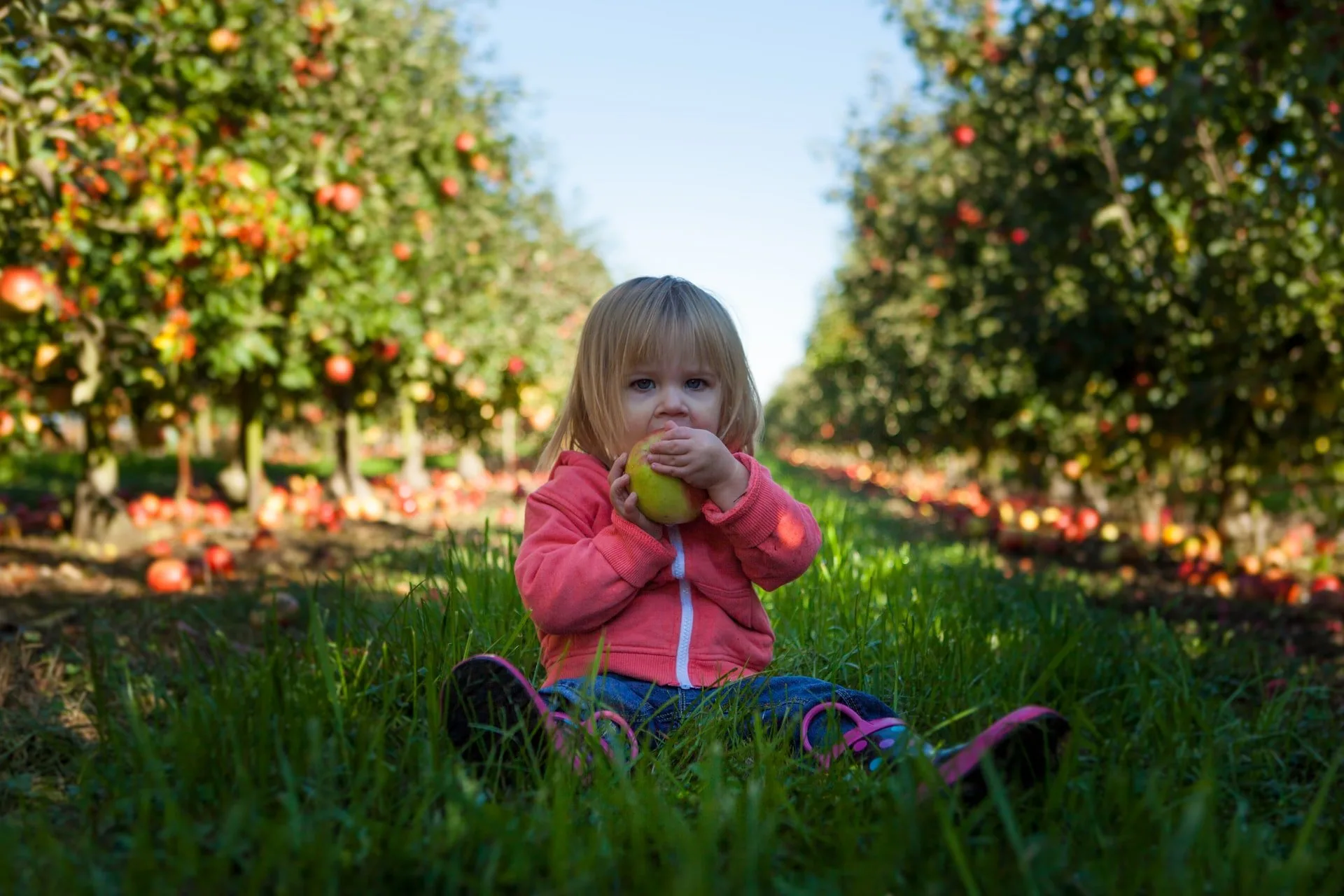Transitioning your young toddler from beloved baby formula to solid food is a difficult enough process, chuck in the fact that your child is a picky eater and the task can feel near to impossible. There are several advice forums and blogs out there to help and advise new parents on how to help their toddlers fall in love with food. As great as it can be reading through different experiences, in reality, each one is extremely different and unique, including yours.
That is why we have put together some general top tips that can be followed by any parent wanting to encourage their child to fall in love with healthy food, without the usual stress and pressure that can come with the process.
Making Your Toddler Fall In Love With Healthy Food
Creativity is key
Kids love creativity, and they would surely love it when it comes to their mealtime too. Kids want to feel a sense of excitement when it comes to eating their three meals of the day, so why not induce some creativity in the form of toddler lunches. The vast majority of lunch boxes contain the standard sandwich and crisps, which can get pretty mundane and do not contain the nutritional value beneficial for your little one.

Photo by cottonbro from Pexels
Why not use your child’s lunch box as an opportunity to introduce them to new delicious healthy foods. There’s a whole array of foods out there that can broaden your toddler’s taste buds whilst helping them achieve their 5 a day. Fill their lunchboxes with a rainbow of fruits and vegetables, such as sliced apples, cut up carrots and cucumbers with dip, veggie kebabs, and fruit yogurts are a great wait to make their lunches fresh and healthy.
Have fun with food together
Your toddler is at the age where making a mess is extremely enjoyable and fun. This goes for making a mess with their food too. As messy and stressful as it may sound to a parent, joining in this mess with them may encourage them to try new foods.
There are so many different ways to get messy with food and encourage your toddler to try them in the process. This can include making food stamps, creating edible paint, and even doing food quizzes together to find out their favorite fruits and veg! These are all great ways to distract your child from the new foreign foods they may be intimidated by on their dinner plate, such as the dreaded broccoli, and encourage them to use their hands, exploring the food, and eventually tasting them.
Make a point of mealtimes together

Photo by Alex Green from Pexels
Enjoying mealtimes as a family together is a great way to help your child look forward to eating their meals. It can also encourage them to try new foods too. You can incorporate fun games and themed dinners as a way to introduce new healthy meals in a creative way. The focus will be less on the once dreaded foods, and more on the enjoyable time being spent together. This is an encouraging environment for any little one trying new foods for the very first time.
Incorporating these simple yet effective techniques can contribute significantly to decreasing the chances of them developing childhood obesity. Obesity at a young age carries several health risks. These include high blood pressure and high cholesterol, which are risk factors for cardiovascular disease. Obesity in kids can also create breathing issues such as asthma and sleep apnea.
Want to know more?
Your kids practicing yoga can be fun and healthy. So, here are a few ways you can convince your kids to get on the yoga mat.





![women [longevity live]](https://longevitylive.com/wp-content/uploads/2020/01/photo-of-women-walking-down-the-street-1116984-100x100.jpg)










